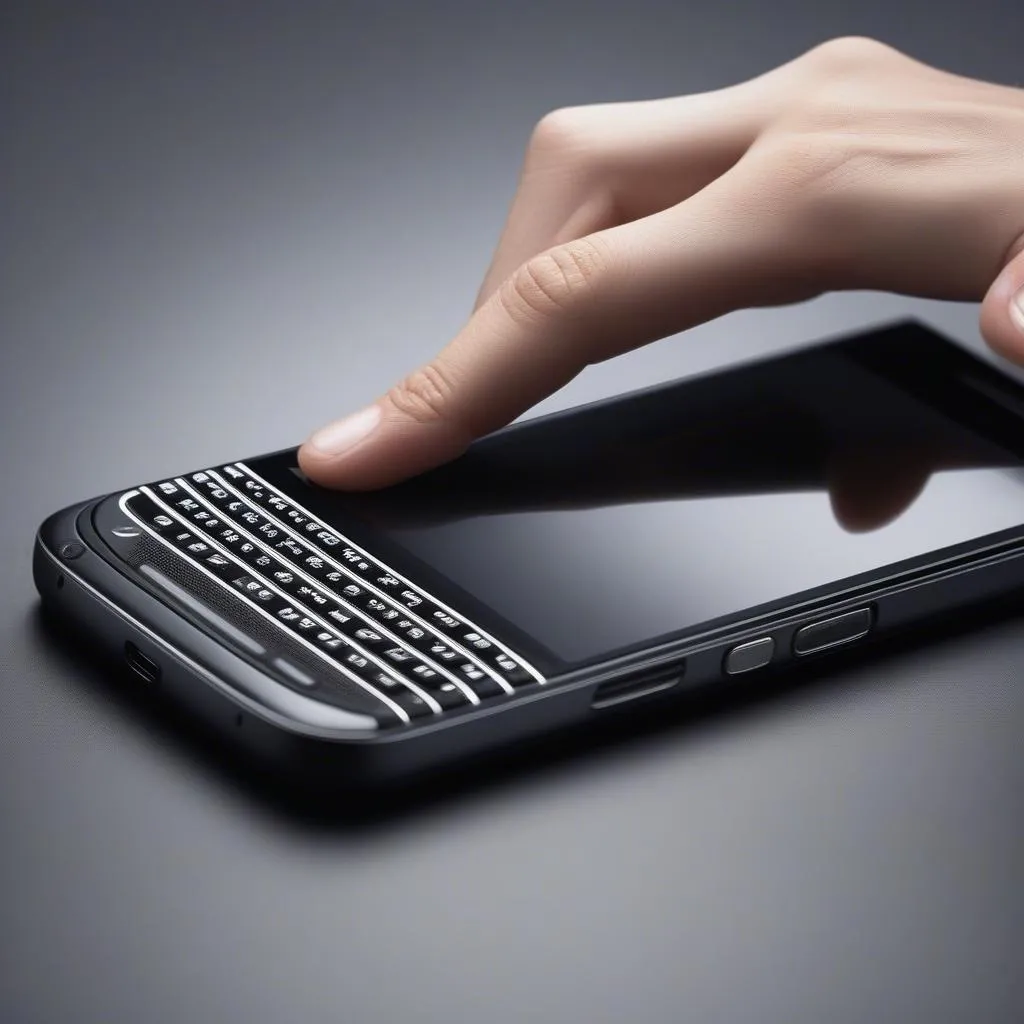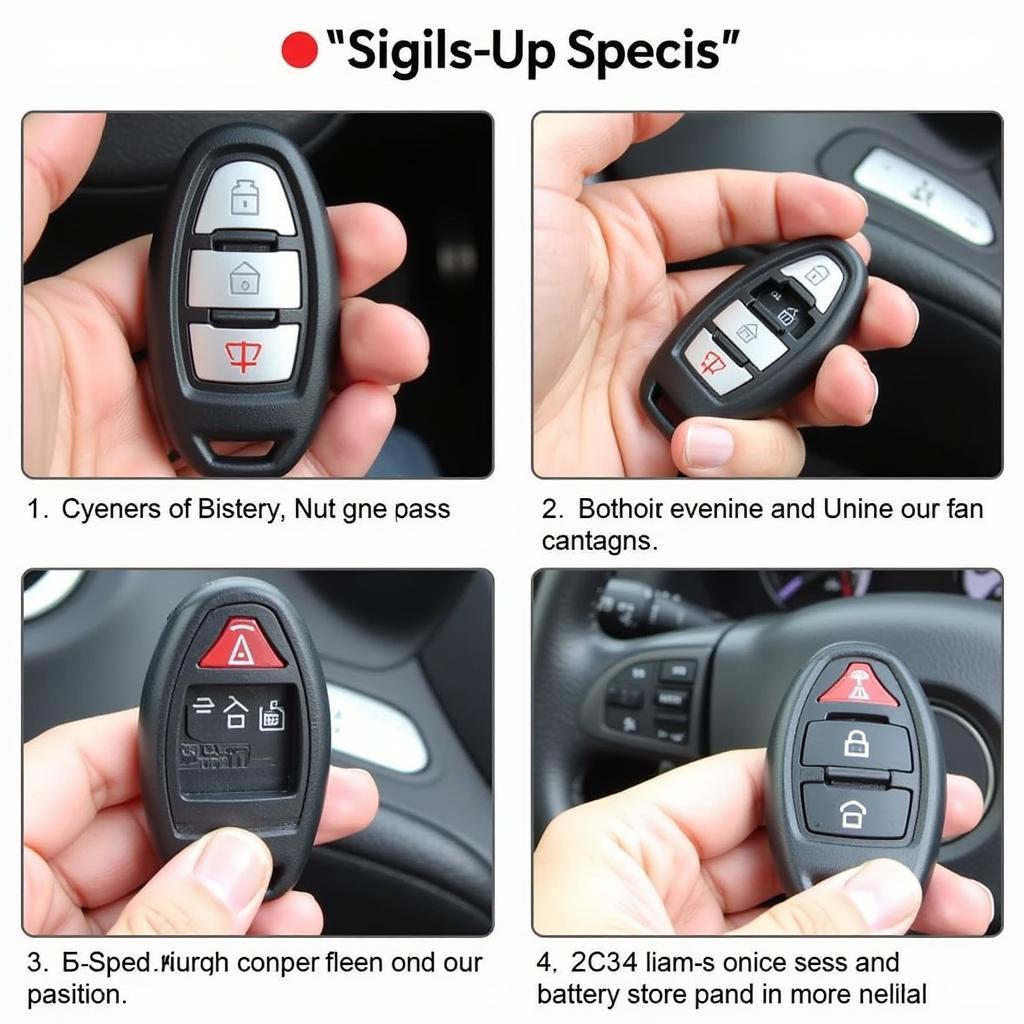The brake pad warning light glowing ominously on your Audi Q5’s dashboard can be a cause for concern, but it doesn’t always signal an immediate emergency. This light is a crucial part of your vehicle’s safety system, designed to alert you when the brake pads are nearing the end of their lifespan and require replacement.
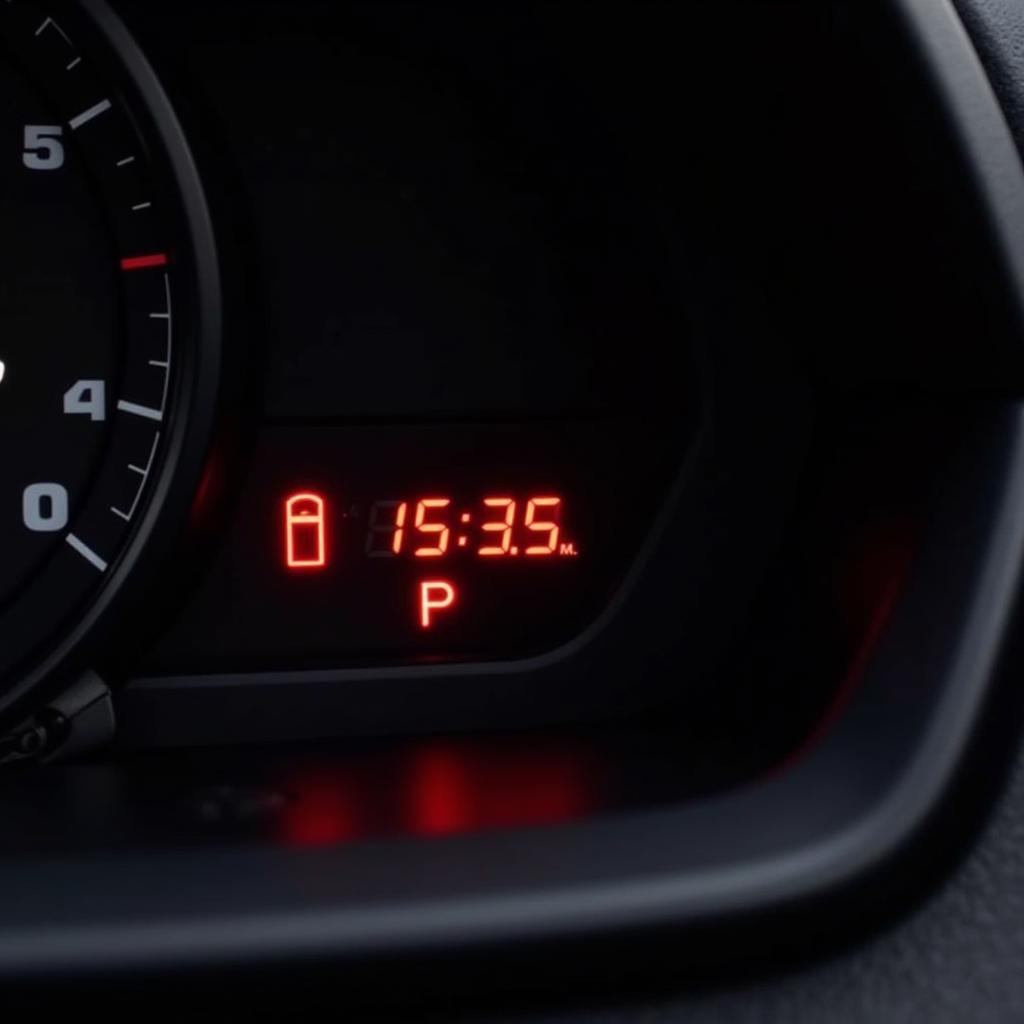 Audi Q5 dashboard with brake pad warning light illuminated
Audi Q5 dashboard with brake pad warning light illuminated
Understanding Your Audi Q5’s Brake System
Your Audi Q5 utilizes a high-performance braking system that relies on friction to slow down and stop the vehicle. This friction is created when the brake pads, made of a specially formulated material, clamp down on the brake rotors (discs). Over time, the friction material on the pads gradually wears away.
What Triggers the Brake Pad Warning Light?
Audi incorporates a sensor into the brake pad system, often called a “wear indicator.” This sensor is a small wire embedded within the brake pad material. As the brake pad wears down, the sensor wire eventually comes into contact with the brake rotor. This contact completes an electrical circuit, triggering the brake pad warning light on your dashboard.
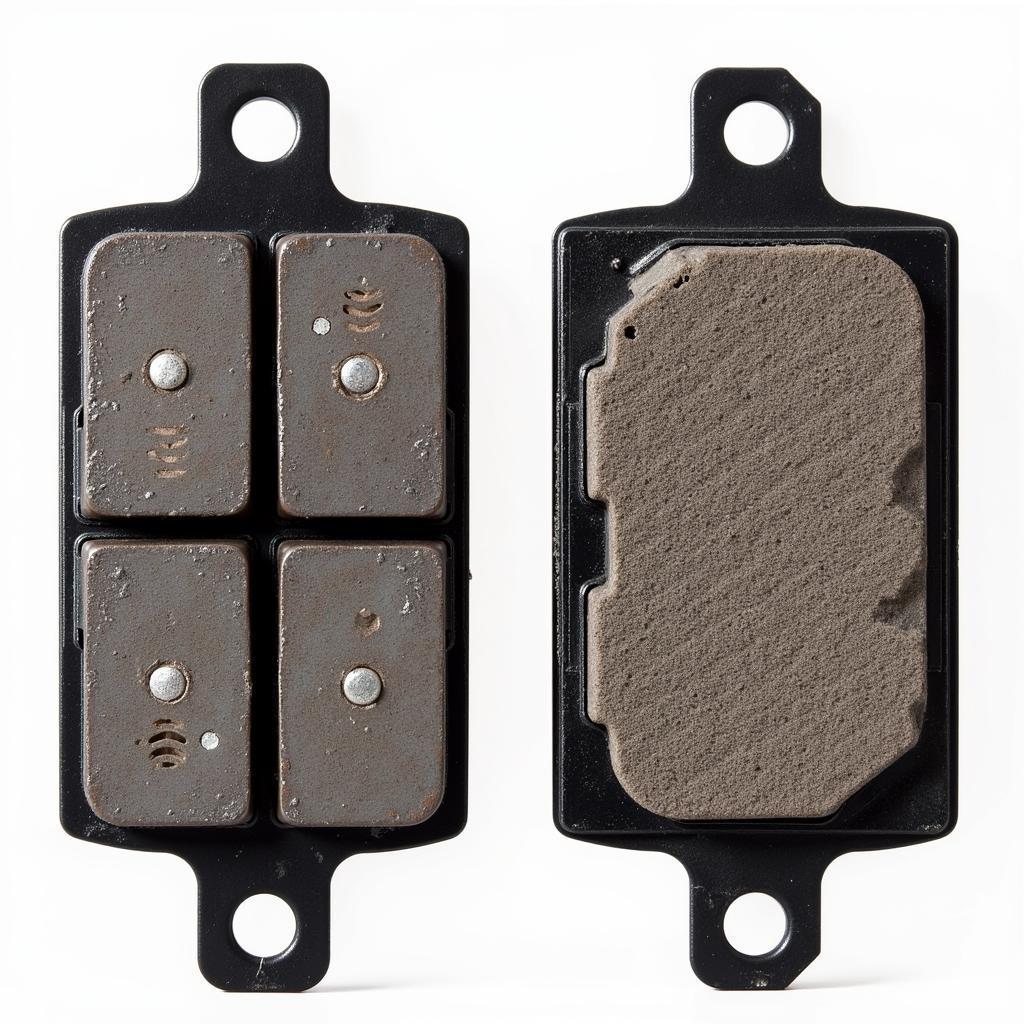 Worn brake pad with exposed wear sensor
Worn brake pad with exposed wear sensor
What to Do When the Warning Light Comes On
1. Don’t Panic, But Do Act Promptly: While the illuminated warning light doesn’t necessarily mean you’re in immediate danger, it’s crucial to address the issue promptly. Continuing to drive with worn brake pads can compromise your braking performance and potentially lead to more costly repairs.
2. Assess Your Driving: If you’ve recently been doing a lot of city driving or heavy braking, your brake pads may have worn down faster than usual.
3. Listen Carefully: In some cases, you might hear a high-pitched squealing sound when you apply the brakes. This is often an early auditory indication that your brake pads are wearing thin and the wear indicator is about to make contact.
4. Schedule an Inspection: The most prudent course of action when the brake pad warning light illuminates is to schedule an inspection with a qualified mechanic specializing in Audi vehicles.
Can I Keep Driving with the Brake Pad Warning Light On?
While you might be tempted to continue driving with the warning light illuminated, it’s not advisable. The brake pad warning light is an early indicator, providing you with a safety margin.
- Reduced Braking Power: As your brake pads wear thinner, their ability to generate friction diminishes, leading to decreased braking performance. This can increase your stopping distance, especially in emergency situations.
- Damage to Rotors: Continuing to drive with worn brake pads can cause damage to the brake rotors. The metal backing of the brake pad can scrape against the rotor, leading to grooves and uneven wear.
- Increased Repair Costs: Addressing worn brake pads early is far more cost-effective than delaying the repair. Replacing severely worn pads and damaged rotors will significantly increase the overall repair expense.
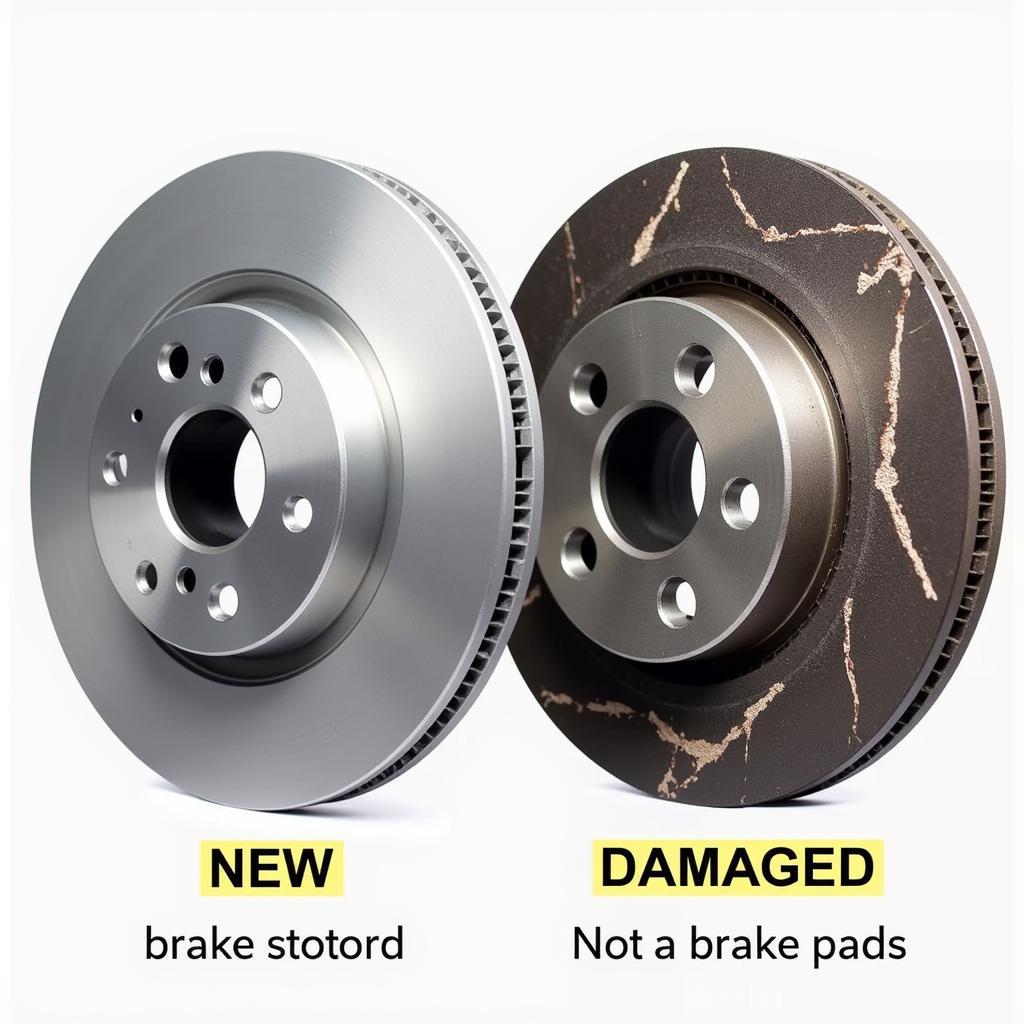 Comparison of new and damaged brake rotors
Comparison of new and damaged brake rotors
Expert Insights
“Many car owners underestimate the importance of timely brake pad replacement,” says Mark Stevenson, a senior automotive technician with over 20 years of experience specializing in European vehicles. “It’s a relatively straightforward maintenance task that can prevent more serious issues and ensure optimal safety on the road.”
Conclusion
The brake pad warning light on your Audi Q5 is a safety feature you should never ignore. Addressing the issue promptly by scheduling an inspection and replacing worn brake pads as needed is essential for maintaining the performance, safety, and longevity of your vehicle. By being proactive with your brake system maintenance, you can enjoy peace of mind and many miles of confident driving in your Audi Q5.


